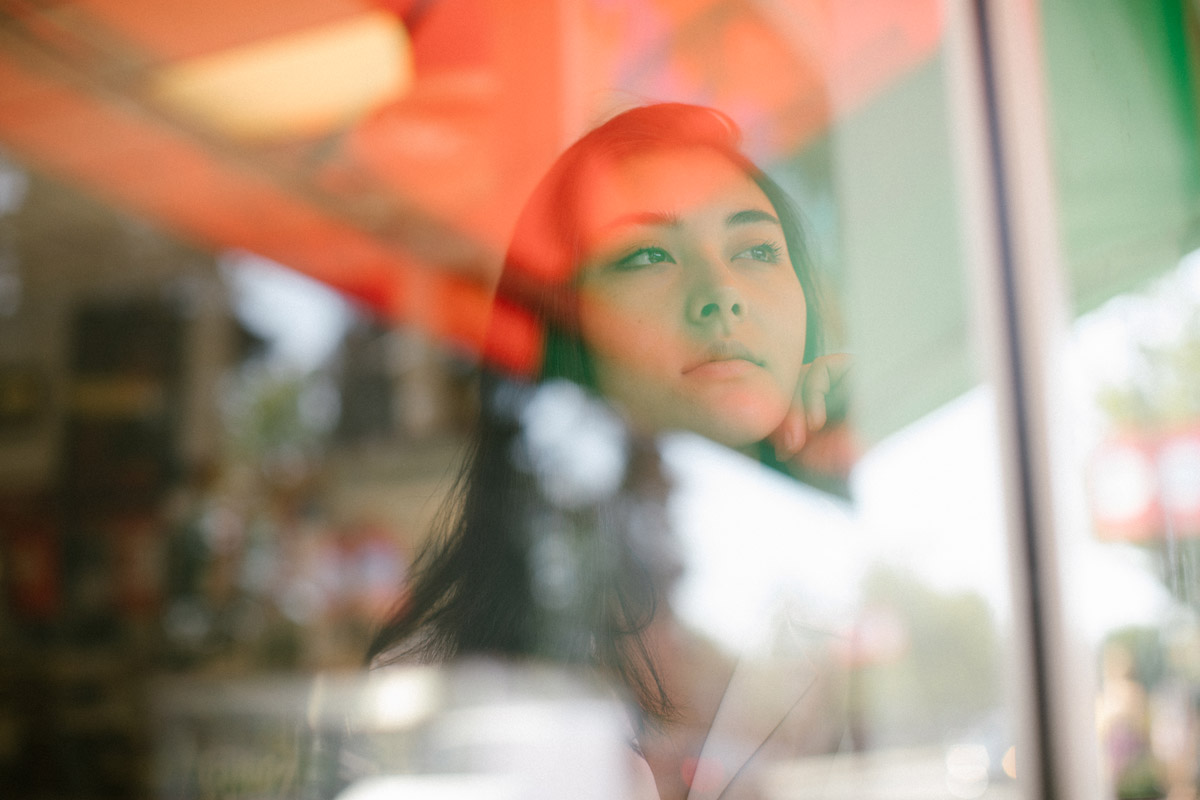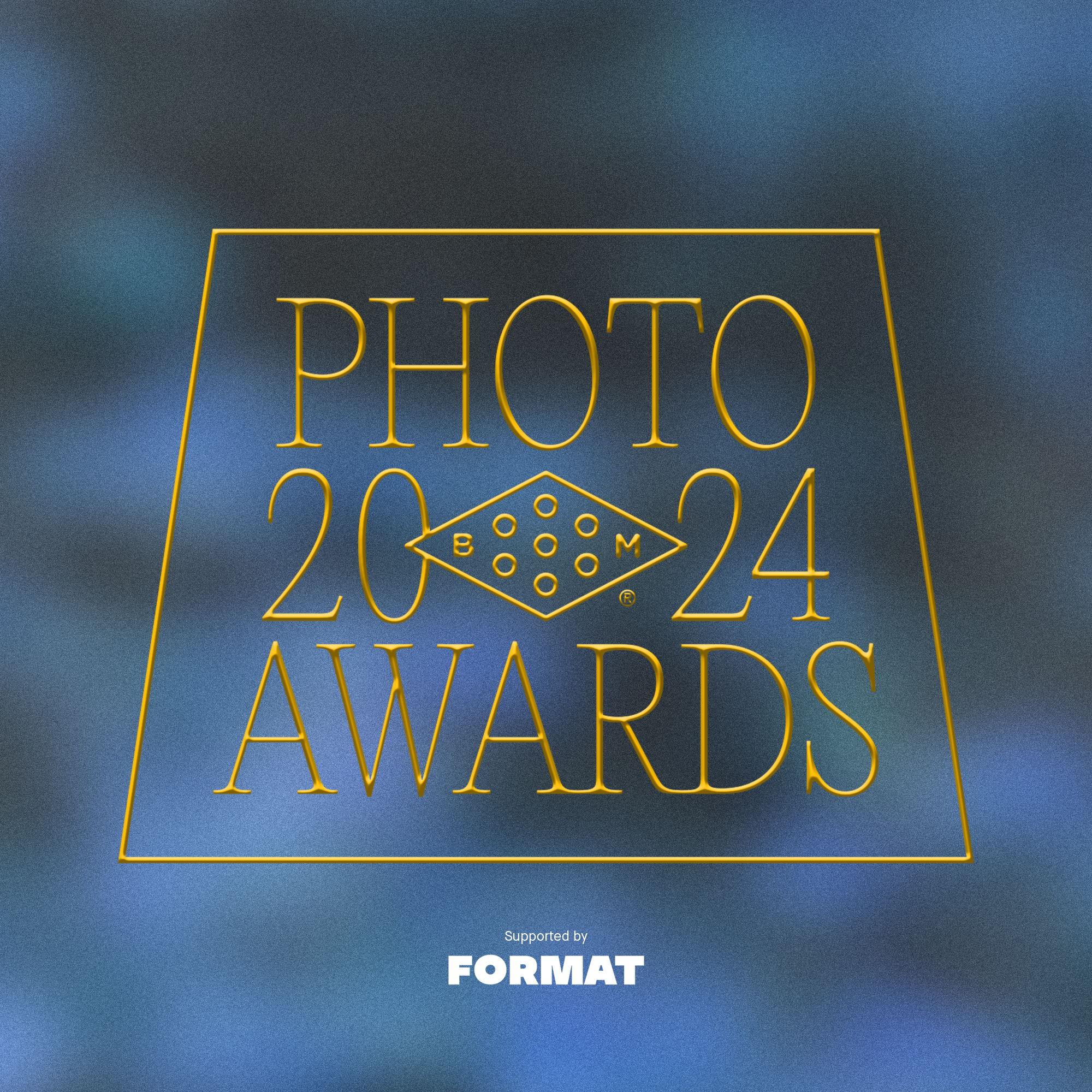Continuing our partnership with Storyhive—a platform which supports BC and Alberta based creators—we had the opportunity to interview emerging filmmaker Kaayla Whachell about her new film, Laura. After working on several films as a cinematographer, this will be her first Storyhive project as a writer/director. Laura is set to be released in September.

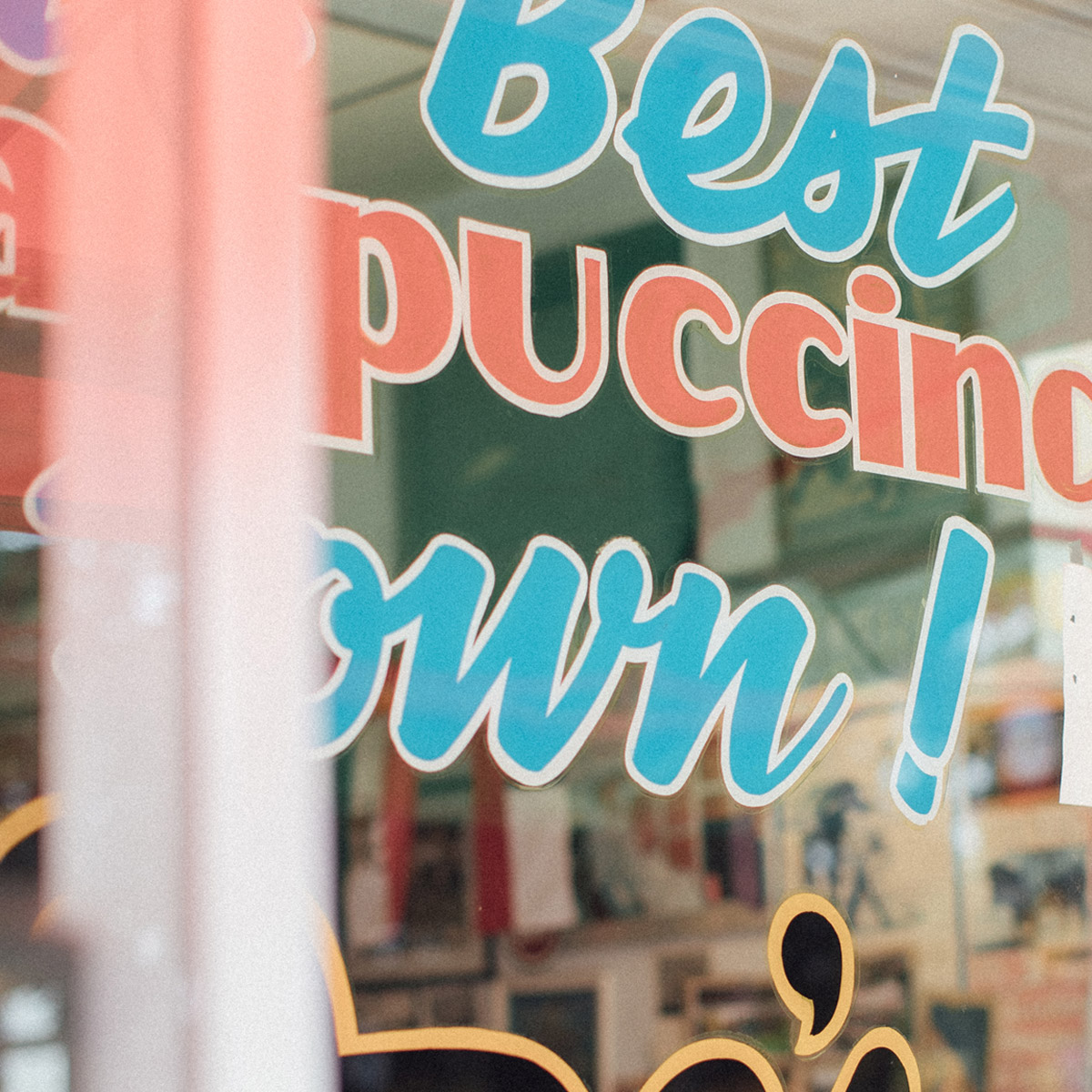
Can you describe the first image you captured with a camera that you were actually proud of?
I didn’t pick up a camera till three years ago… like not even a still camera. However, when I finally did, I was addicted. There’s a shot in the first short I ever worked on as a cinematographer. I was sitting in the back of a car, shooting out of a window, pointed north towards the mountains. It was December, snowing, and we were just driving next to an actor as he walked across a farm area in Abbotsford. It was my version of a dolly shot, and I was happy with it.
What about a recent one?
There’s a profile shot in Single Persephone of local actress Nhi Do that I’m really proud of. I wanted it to feel like the colour fuchsia was coating her, but I didn’t want to do it in post. We had always planned to shoot a straight-on medium, but I saw her in a profile and quickly moved the camera over to get a few frames. The gaffer, Brandon Lee, created the perfect balance of pink, and the shot feels very ethereal.
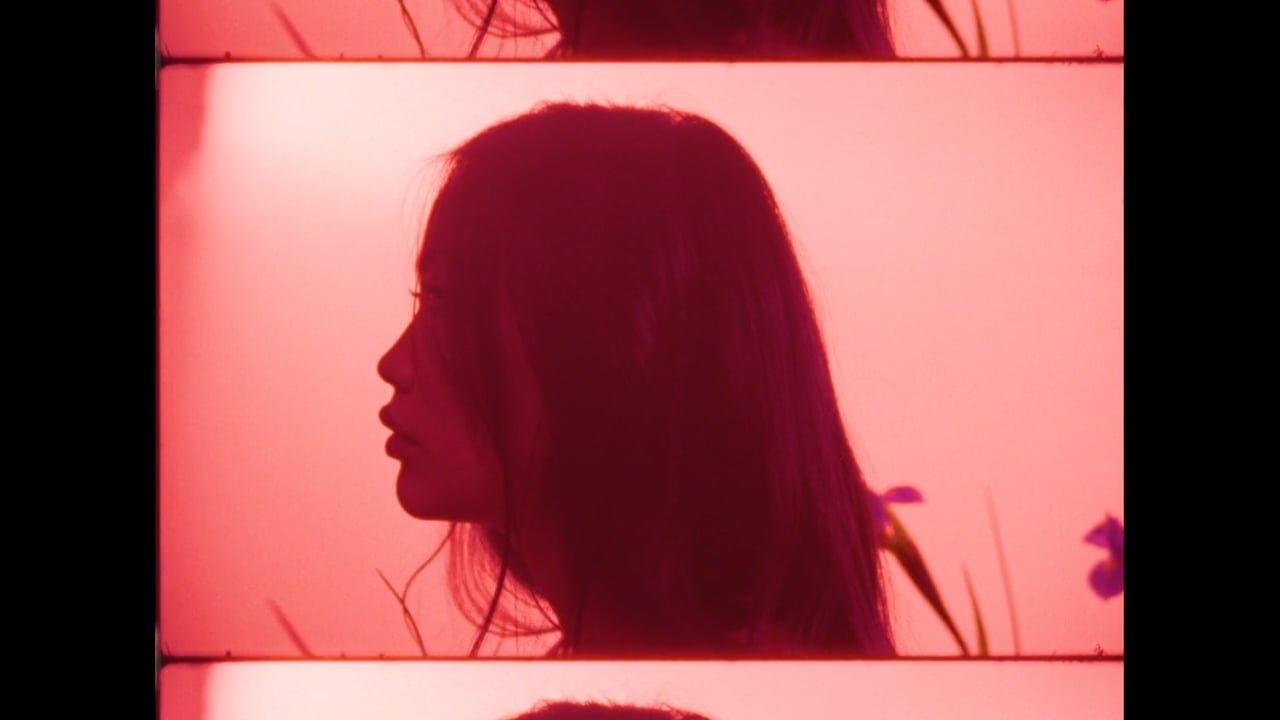
Are you from a family of creative people?
Yes, I have six siblings, and most of them are creative in their own ways. My sister Kiaanna just had her first art show in Vancouver for her illustrations. Growing up, I would go see my older sister Alainnah’s sculptures at Emily Carr. When I look back on my childhood, I always wanted to be more artistic. But unlike my sisters, I hadn’t found my platform yet.
Can you talk about some films that were particularly significant for you at different points in your life?
I would say one of the most significant milestones for me was watching Kathryn Bigelow win Best Director for The Hurt Locker (2009). I was fifteen, and I was pissed. Articles stated that she only won because she had made a war film just as well as a man. Maybe it was the fact that no other woman had won an Academy Award for directing, or that I judged her for shrivelling on stage as she accepted her award. I thought, “How could this be her?” There must have been so many more deserving women before her, a woman who would have made a better movie. A woman who would have stood tall and proud… like a man. Even at fifteen, I was partaking in a vicious cycle that I see so many female filmmakers do today.
We compare each other to men, we justify why she’s not deserving or not ready. Ten years later, I still watch a lot of movies (no more American war movies though), and I hope to contribute to the change within the industry. I hope I see more women winning Best Director in any award platform, in my life time.
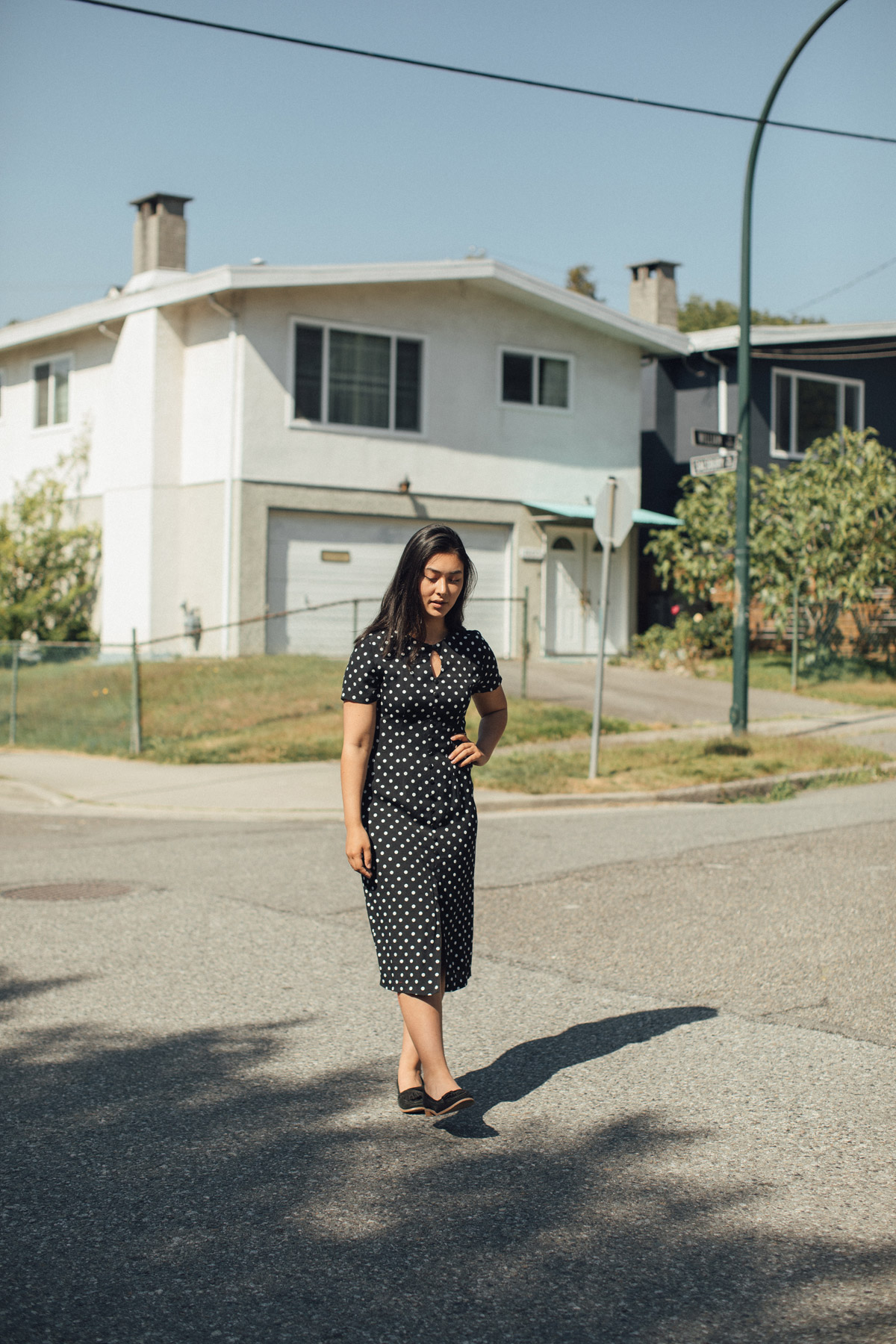
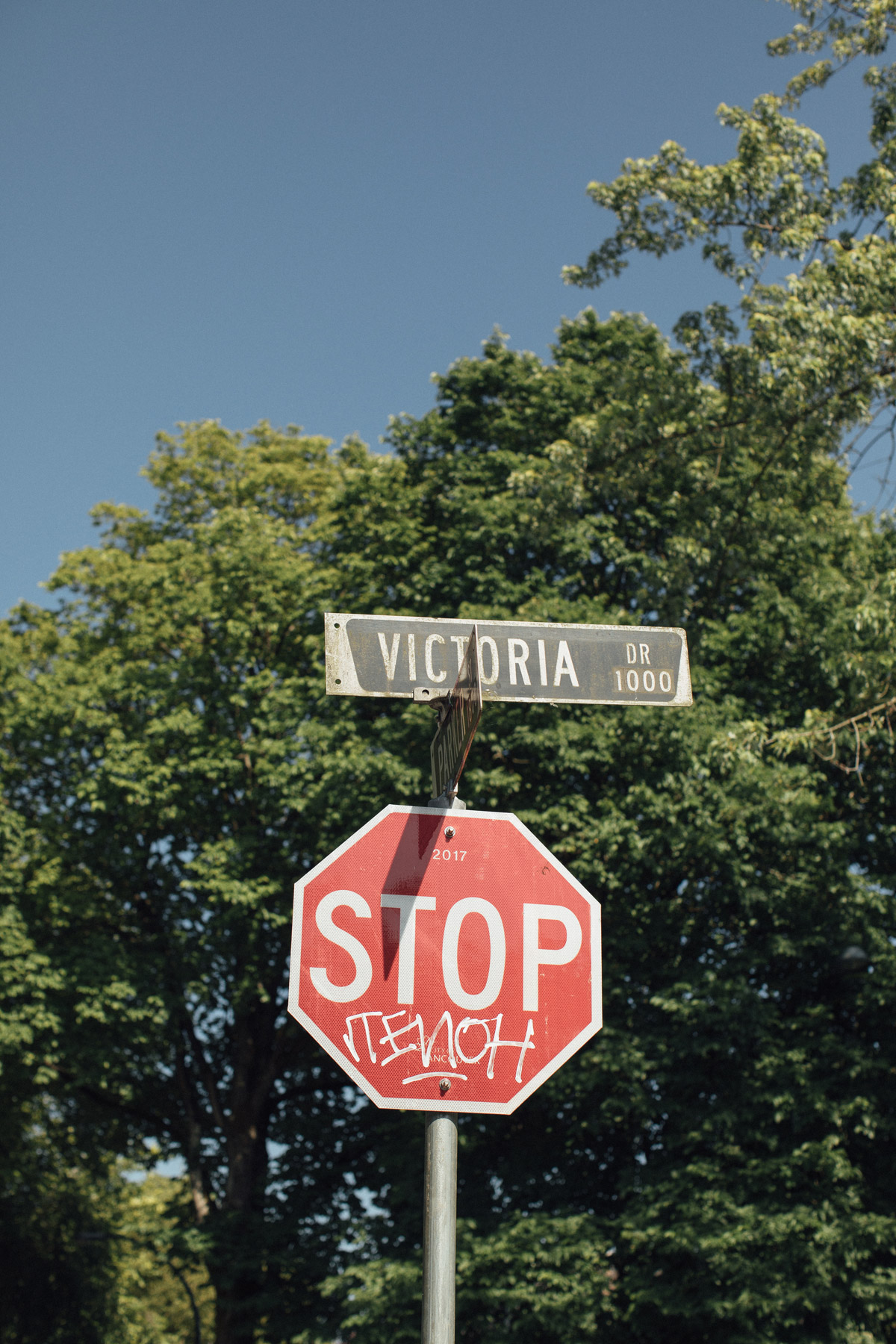
I know you studied film production at UBC, how was that experience?
The great thing about the UBC FIPR program is the fellow students and alumni. My first days on set were because of my UBC connections. The question of film school is one many young people ask me; should I go? And I would say it’s a great start. If I could do it again, I would have been more confident in my art. I would have designated my time to solely growing as an artist. If you choose to go to film school, you should be making films and if you find that you aren’t, quit! UBC gave me the confidence to make movies, but it was my fellow film students who supported me in pursuing making them.
Do you think it’s more important for students to develop skills or taste?
I believe that skills can come later, and taste is something that takes time. While I was a student, I had no skills, a little bit of taste and a huge opinion. I knew nothing about the industry, and I quickly learned what type of filmmaker I wanted to be. I wanted to be apart of an industry that had given me so much joy as a kid, but I wanted to tell stories that hadn’t been told, and usually, those are stories that people don’t want to hear. If you love your craft, skills will come, and your taste will always be ever-changing. I think the most important lesson for students to learn is that filmmaking is a collaborative process. You may have the best script, the best cinematographer, the best production design, but you won’t have a movie unless you have some friends to help you make it.


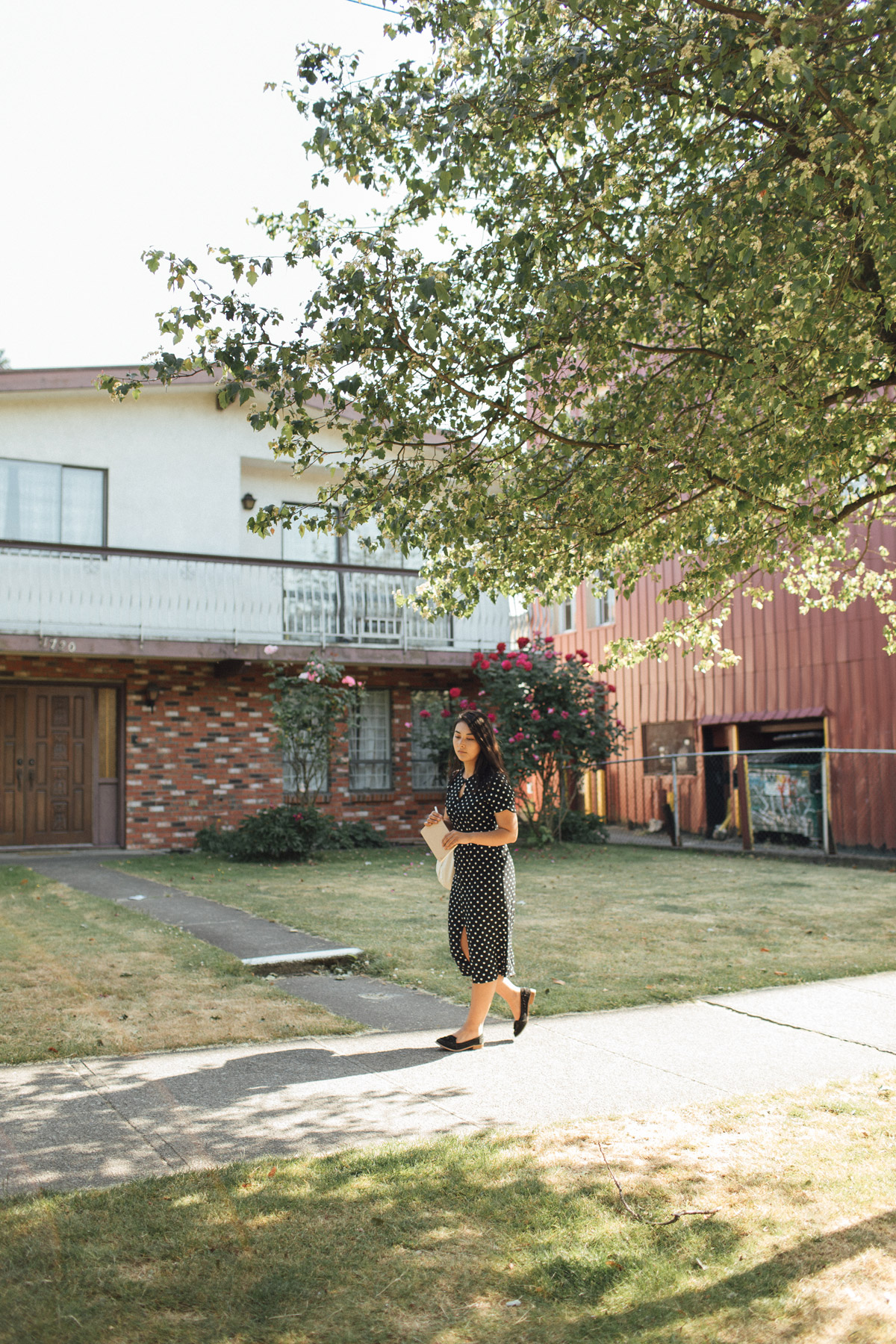
You’ve been involved in quite a variety of film projects in the last couple years, can you talk a bit about bringing your eye to other people’s projects?
I’ve been very fortunate to work with a variety of directors over the past few years who felt comfortable with me lensing their projects. I believed that if I wanted to be a cinematographer, I could only be one by doing. So I shot anything I could and learned a lot about myself. Today, I’m candid towards a project, if I don’t think I’m the right cinematographer for the job, I say it. In some ways, my eye is strangely traditional. I like old glass, I like soft camera sensors, and you will never see me touch a drone. I’ve been told by audience members that they didn’t like my style, but that my cinematography looks different than others. I feel alright about that, I would rather be an individual than conform to something that no one will like next year. I’m still developing my eye, I want to experiment more and produce images that people connect with. If I can contribute to someone being utterly engrossed with the world that’s on the screen, then I know that I did my job well. Right now, story is my main concern, and I will always let the story guide me.
Hayashi Studio — directed by Hayley Gray, cinematography by Kaayla Whachell
Tell me about Single Persephone. What was the initial seed of the idea?
Single Persephone was an experiment. It was an impulsive decision, created in a time where I felt the most lost with my life and career. I think the initial seed was produced by a troubling feeling. The belief that no matter what I do, my best work will always be seen as lesser than my male counterpart’s worst project. I know that sounds super pessimistic of me, but it’s a notion created in the reactions and judgements I’ve experienced in this industry. SP was my own form of film propaganda. It’s an experimental film produced by images that have affected me. The images are alluring, and before you know it, the film is over. SP was a reminder to myself, that despite this expensive city, the politics, the labels, people can still have fun making their art.
Single Persephone — directed by Kaayla Whachell
How did the idea evolve?
The idea for SP evolved after I told Mike Johnston (the producer) about it while I was staying on his couch. I told Mike about a young bride who was nude, wearing blonde pubic hair and a blonde wig. Suddenly, I started writing down all these other images that affected me in my youth. I thought of the fashion ads, mythology, movies and the challenges I had faced since I entered the film industry. I really wanted the film to be a positive experience, and I wanted to showcase the sexes working together in a safe environment. So I asked my good friend Brock Newman to direct the piece, and he did an excellent job creating a positive environment for us to work in. I’m so grateful to the crew and cast for volunteering their time towards the project. After I made SP, I felt like I had taken back apart of myself that had been lost. I plan on making a follow up to SP in the new year, so I guess the idea will continue to ever be evolving.

Next month you have a film coming out as part of Storyhive’s Indigenous Edition, what can you tell us about Laura?
Laura was a script that poured out of me. I wrote the first draft in three hours, and I couldn’t get the idea out of my mind. The film follows a young half Indigenous woman, undergoes a conversation with her lawyer Mr Wilson to determine how to present her case before the court. Mr Wilson attempts to keep the process positive, but his ignorance begins to make Laura question her identity and her place in society. The film examines the effects of intergeneration trauma within Indigenous families in present-day Canada. Laura’s parents spared her from the colonial trauma witness by her Indigenous father. However, history repeats itself and like so many Indigenous women before her, her child is wrongly taken away.
Laura is a fictitious character. There is a lot of myself in her, and I hope audiences humanize her and reflect on their own assumptions towards Indigenous women. I spent the past year travelling with the National Inquiry into Missing and Murdered Indigenous Women and Girls. As a woman of Cree heritage, I had always been told about my families history but experienced very little of my Indigenous Culture. When I was a teenager, I didn’t understand why parents would define me as a “bad girl.” Why boys would sexualize me and call me demeaning names. I began to notice a pattern, but I didn’t have the confidence to speak out against the negative connotations towards my appearance. I’ve always wanted to expand on my experience of racism in Canada and Laura allowed me to discuss racism within our culture today.
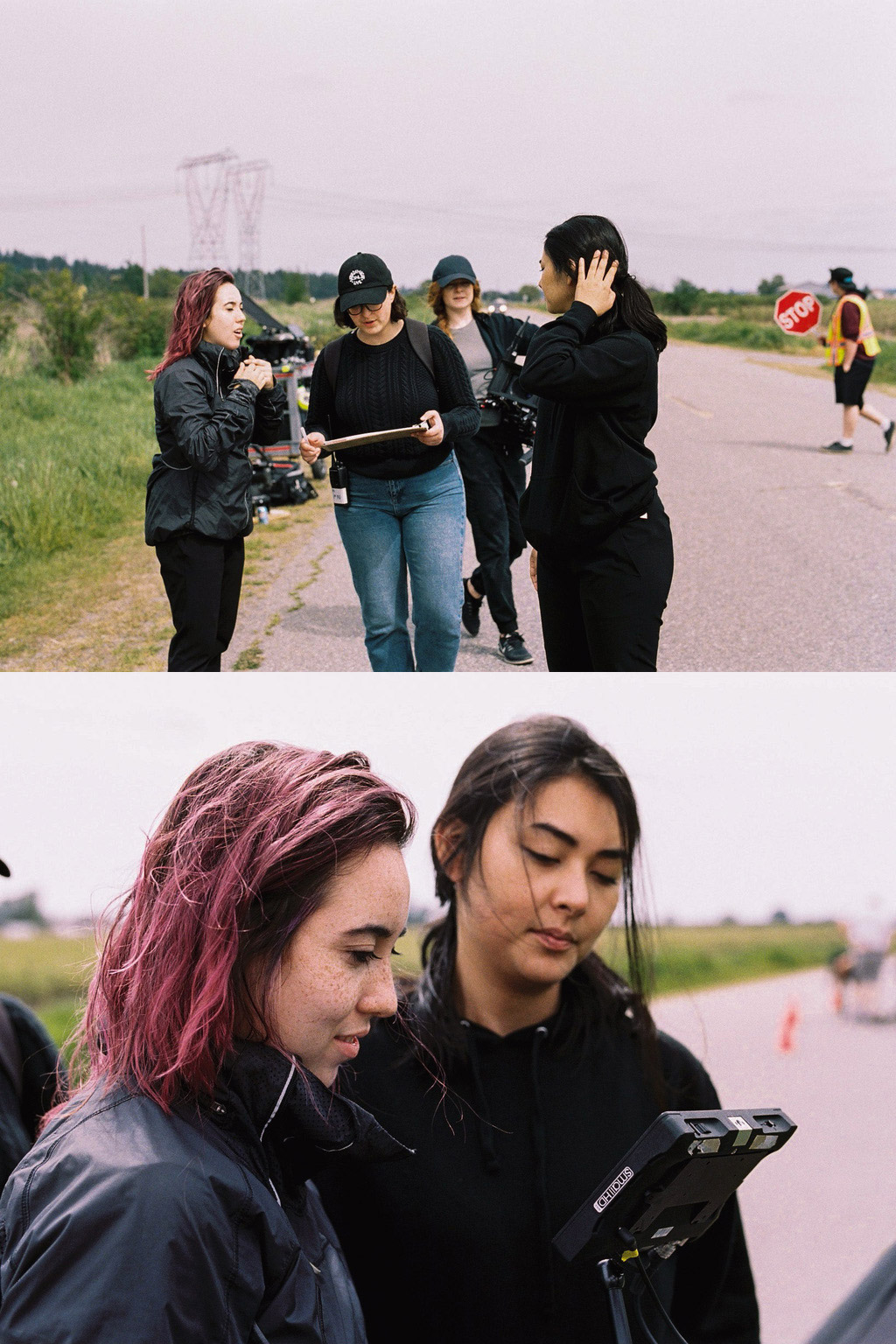
What were some of the challenges you encountered?
When I received the news that I had gotten the Storyhive funding, I was shooting a music video for a local Indigenous artist named Keliya. I was so happy, but had to focus on my friend’s art, and I didn’t have time to really comprehend what would happen next. I had always been jealous of people who grew up surrounded by their culture. They always seem so confident, they defined themselves by their identity. Where I always felt like an individual, I wasn’t “Japanese” enough or “Indigenous” enough, and I definitely wasn’t “White” enough.
The biggest challenged I faced making Laura, was coming to terms that my individuality will always be questioned in correlation to my art. Sometimes I’m afraid to admit it, but I cried a lot during the preproduction of this film. The story depicting in Laura is one that I have put much thought and time into. I hope that audiences will watch the film and reflect on the stereotypes they may have towards women.
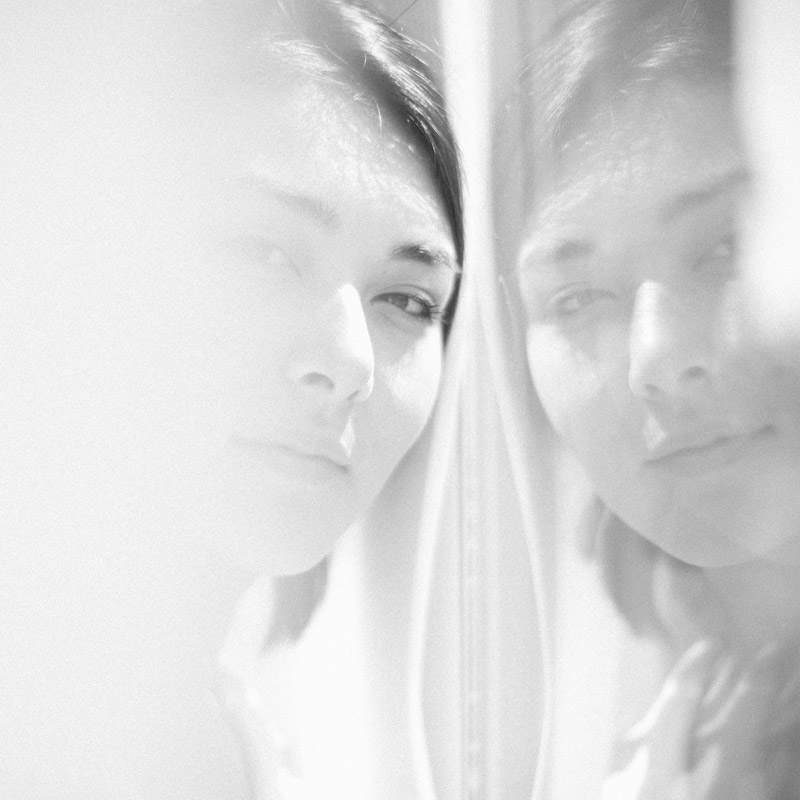
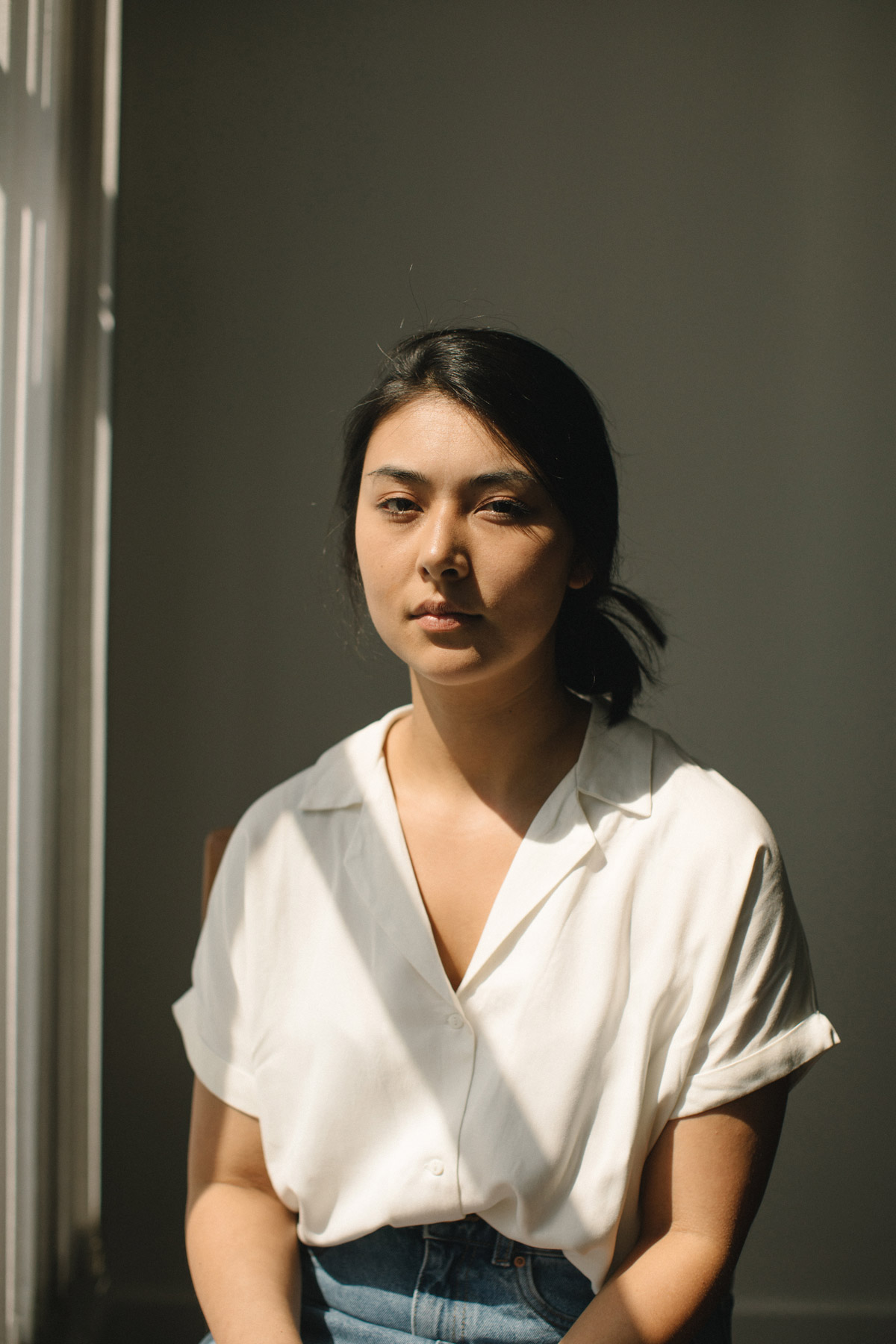
Do you feel like what you’re doing now is the thing you were born to do?
Yes, I feel like cinematography and filmmaking is the only constant thing in my life. Regardless of relationships, friendships, filmmaking is always gonna be that thing that despite all the stress, brings me joy.
Maybe we can end this with the best piece of advice someone ever gave you?
The best advice I ever received, was “Find the thing that makes you happy.”
Booooooom Shop: Tomorrow’s Talent 4
Featuring the work of 60 fine artists and illustrators, tomorrow’s Talent 4 is now officially available in our shop!
Learn more2024 Booooooom Photo Awards
Calling all photographers! The Booooooom Photo Awards are back and officially open for submissions!
Learn moreRelated Articles
